
Archive
758 posts

Plants release root exudates – compounds that influence the growth of their neighbours – into the soil. Understanding this mechanism allows us to devise new approaches for biological weed control.

Blanchier: Ancient Variety Rediscovered in Vineyards in Valais
Although fairly widespread in the vineyards of Valais in the 19th century, Blanchier seemed to have disappeared. Now the grape variety was rediscovered in several locations.

Performance of Endangered Heritage Grape Varieties in the Vineyards of Valais
Twelve heritage grape varieties grown in Valais and at risk of extinction have been added to Agroscope’s grape varieties collection and studied. This action is linked to the National Action Plan for the Conservation and Sustainable Use of Plant Genetic Resources.

Catch Crops for Feed Production in Drought Conditions
Are drought-tolerant catch crops a good source of feed? A trial conducted by Agroscope shows that their potential is limited. Combining certain of these catch crops with legumes can improve feed quality, including in the form of silage.

Effects of a Zeolite-based Foliar Biostimulant on Winter Wheat and Maize
Foliar applications of a zeolite-based biostimulant improved the yield as well as the export of nitrogen of winter wheat and maize. This represents an option for improving nitrogen use efficiency and reducing losses.

Can Effective Microorganisms Influence Green-Manure Decomposition?
Although effective microorganisms (EM) are frequently used to shallowly incorporate green manures (cover crops) in the field, almost no scientific research has been conducted on them to date. This study simulated the decomposition of green manures with EM in the laboratory.
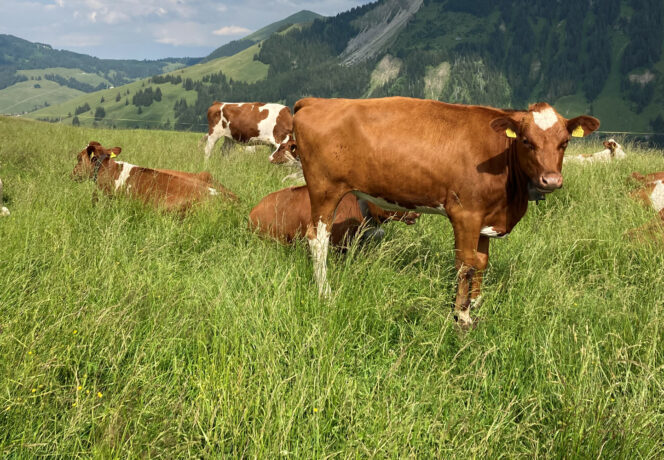
Festuca apennina – a Future for the ‘Ryegrass of Alpine Pastures’?
Widespread in the Swiss alpine region, Festuca apennina could serve as a fodder plant for higher elevations. It also forms vigorous hybrids with meadow fescue and ryegrass. Does this make it suitable for improvement by breeding?
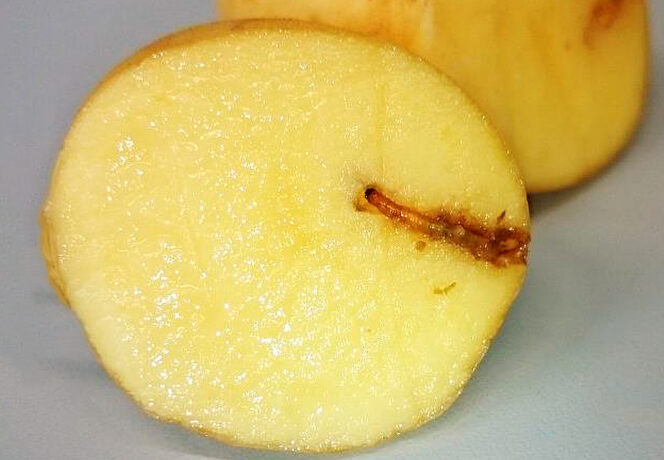
Curative Control of Wireworms (Agriotes spp.) in Potatoes
When wireworm damage to potato tubers is excessive the crop ceases to be marketable. Various control options were explored in an effort to remedy the problem.
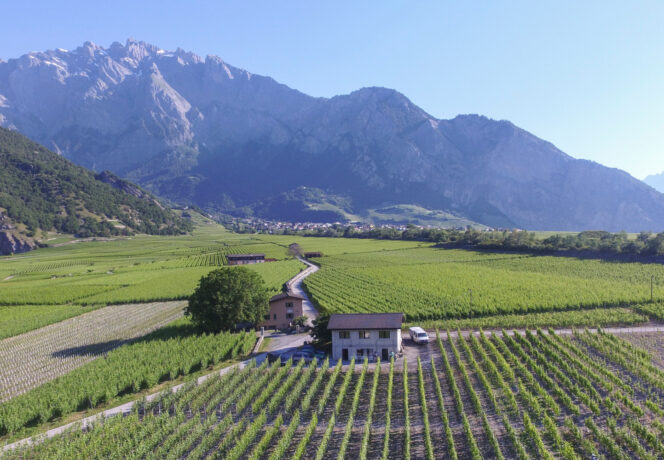
New Syrah Clones Selected at Agroscope
A survey conducted in a Syrah population originating in Northern Côtes du Rhône (France) resulted in the selection of three new Syrah clones with highly promising characteristics, distributed by the Swiss certification sector.
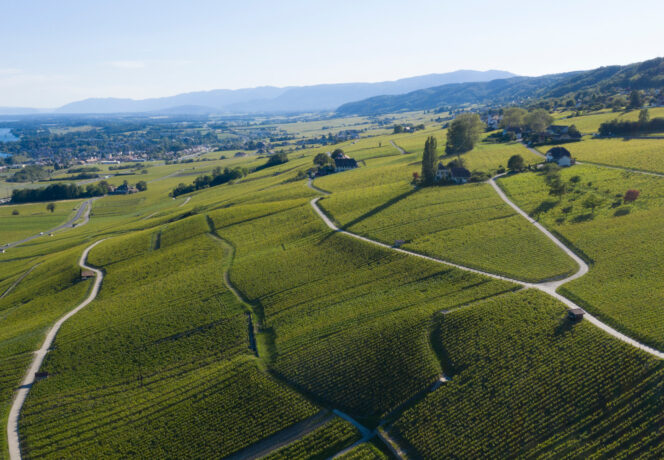
Leaf Canopy Management in Viticulture: Timing of the First Hedge Trimming
Delaying the timing of the first hedge trimming is of limited technical value in vineyard canopy management. Its impact on lateral shoot growth and must composition is minimal.
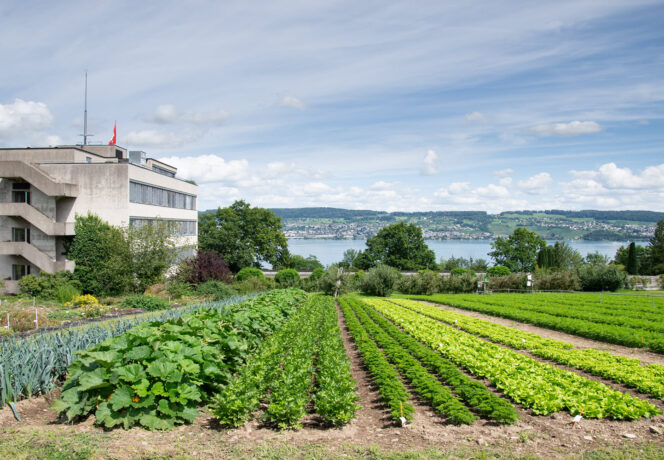
Co-formulants in Plant Protection Products and their Residues in Food
Plant protection products contain active substances and co-formulants. Agroscope studied the residues of co-formulants on treated plants for the first time, thereby furnishing the basis for assessing risks posed to consumers.

Impact of foliar nitrogen supplementation on Chardonnay and Sauvignon Blanc wines
The effectiveness of an application of foliar nitrogen at veraison depends on the initial level of vine nitrogen deficiency, an Agroscope study has shown. The threshold levels of assimilable nitrogen deficiency in the grape must are validated for Chardonnay but still need to be confirmed for Sauvignon Blanc.
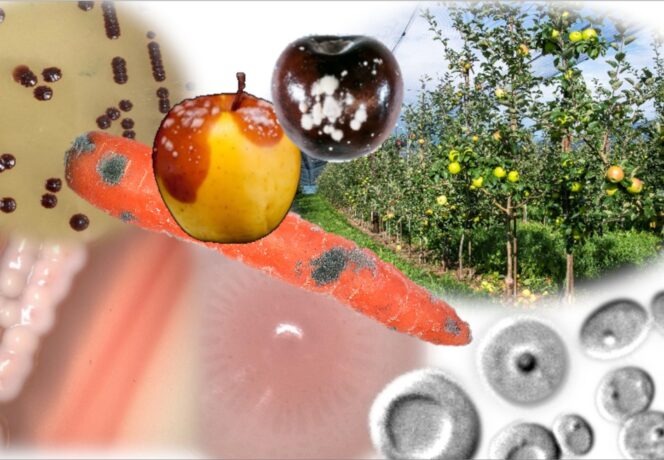
The Many Uses of the ‘Most Beautiful’ Yeast, Metschikowia pulcherrima
Metschnikowia pulcherrima is a naturally occurring yeast with applications in agriculture, the food industry and biotechnology. Agroscope is investigating this yeast in particular with regard to biocontrol applications in plant protection.

Impact of Soil Management Methods in Vineyards
Soil management lies at the heart of major global warming and sustainable viticulture issues. In this context, inter-row plant cover in vineyards comes with its share of benefits and drawbacks.
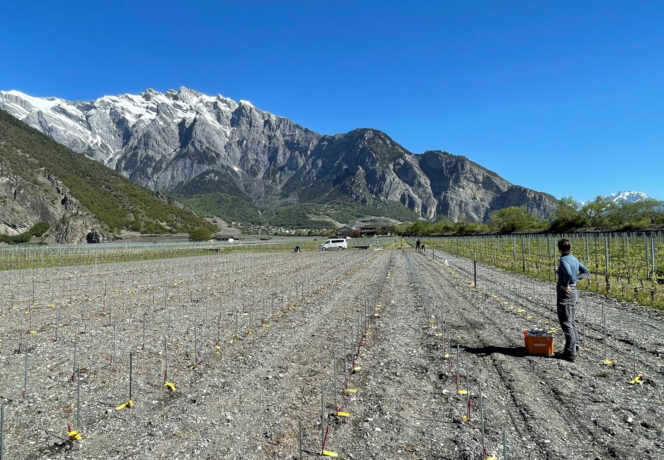
Safeguarding the Genetic Diversity of Arvine
A programme has been launched for safeguarding the genetic diversity of Arvine, a grape variety formerly cultivated in Valais. Directed selection would make it possible to exploit this variety's biodiversity and to meet the ecological and economic challenges of the future.

Controlling Root Knot Nematodes: a New Screening Test Identifies Bacterial Antagonists
The root knot nematode (RKN) Meloidogyne incognita causes damage in field and greenhouse crops. Agroscope researchers have developed a new screening test to identify bacteria that antagonise this agricultural pest.

CULTAN Fertilisation Substantially Reduces Nitrate Leaching in Arable Farming
With CULTAN fertilisation, nitrogen is injected into the soil as an ammonium solution. Multi-year trials conducted by Agroscope show that this method reduces nitrogen leaching by an average 38% without negatively affecting yields.
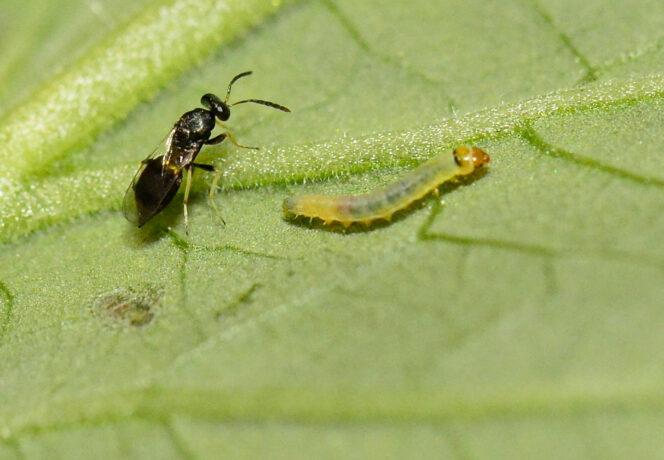
A New Tool to Help Practitioners in the Integrated Control of a Major Tomato Pest
Tuta absoluta is one of the most destructive pests of solanaceous crops. Agroscope has developed a statistical model to study the population dynamics of the pest and its parasitoids and allows interventions to be optimally planned.
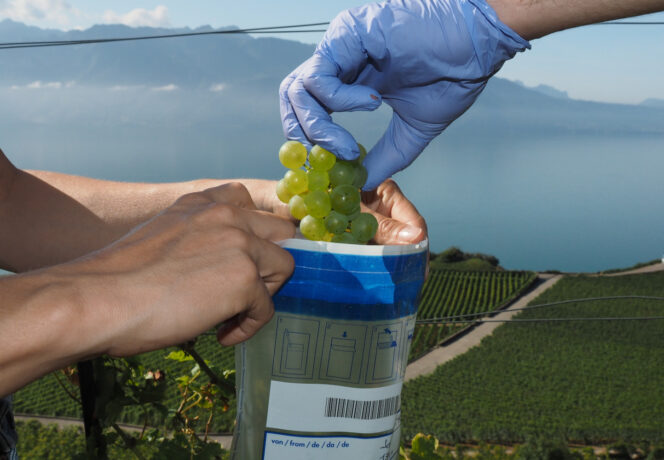
Risks for Residues Caused by Spray Drift in Small Organic Vineyards in Switzerland
Swiss vineyards are often small and arranged in a mosaic of separate plots and management practices. Therefore, it can be assumed that spray drift from conventional to organic vineyards occurs regularly. Nevertheless, no pesticide residues are detected in most organic wines.

European Red Clover Exhibits High Diversity and Local Adaptation
Red clover is one of the most important legumes in European forage production. In a multi-year field trial, researchers tested Europe’s largest collection of different red clover accessions at five European locations.
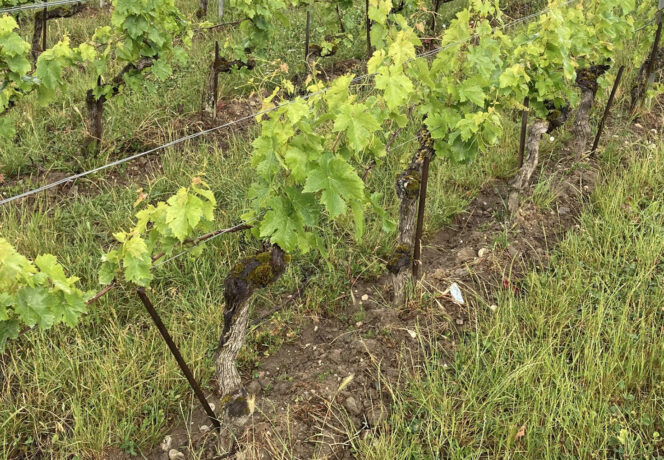
Grapevine Nitrogen Nutrition: Measures and Interpretations
Grapevine nitrogen nutrition is a key parameter for achieving production targets in terms of yield and wine quality. Here we set out the current assessment methods and their interpretation thresholds for sustainable management.
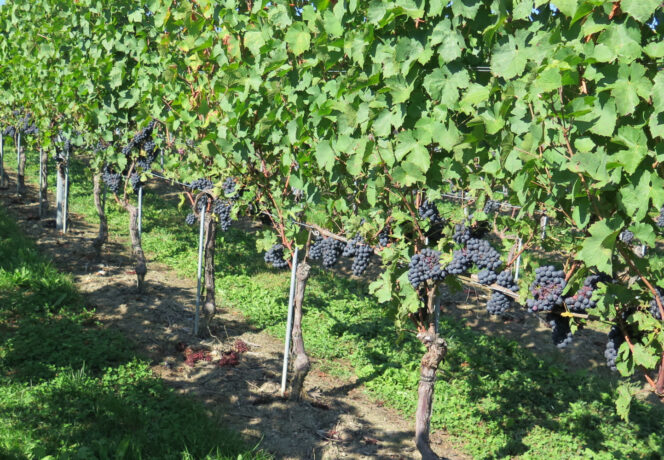
Mechanised Pre-flowering Grapevine Leaf Removal: Benefits and Risks
Pre-flowering leaf removal is a recent practice in viticulture. As well as reducing fungal disease pressure, it limits yield and improves grape composition. An Agroscope study shows that mechanising pre-flowering leaf removal saves effort but also involves risks.

Climate change leads to longer growing seasons and favours farmland at higher altitude
With increasing global and regional temperatures, even in Switzerland the growing season has lengthened considerably. Using data from the Federal Office of Meteorology and Climatology, Agroscope has traced the development of the growing season since the start of the previous century.
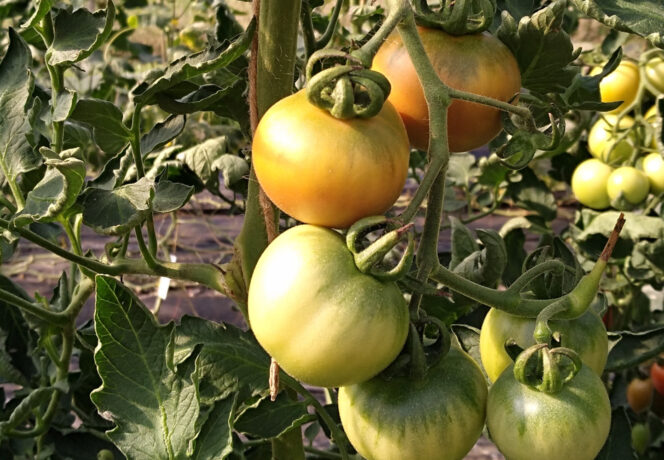
Efficient Seed Extraction in Organic Tomato Cultivation
Tomato is a special case among vegetables, as its seeds can only be extracted from the pulp after a fermentation step. In order to optimise this working process, various harvesting frequencies and extraction timepoints were tested at the Research Institute of Organic Agriculture FiBL.
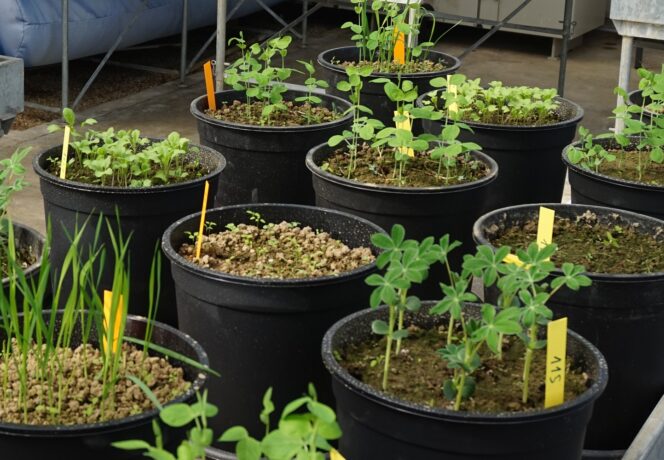
A Method for Recycling Calcium Phosphite into Phosphate Fertiliser
The phosphate mineral reserves required for fertiliser production could be exhausted on a global scale in just a few decades. This study presents a method for recycling a Swiss industrial by-product into a phosphate fertiliser.

Perennial Ryegrass: Three New Recommendations and Three Candidates
Perennial ryegrass is one of the most important forage grasses in Swiss agriculture. Agroscope can now recommend three new cultivars based on the results of variety tests conducted from 2020 to 2022. Three further varieties also showed promise but are yet to be approved.

Remote Sensing Allows Prediction of Yields within Grain Fields
With the help of satellite data, yields can be estimated both over a wide area and at individual field level. This is also possible in small-scale Swiss agriculture, as shown by a team consisting of ETH Zürich, the University of Zurich and Agroscope.

Sorghum: Where Can This Drought-Tolerant Grain Be Cultivated in Switzerland?
Suitable both as food for humans and as livestock feed, sorghum thrives even in an increasingly dry climate. Agroscope has developed maps showing the potential growing areas for silage- and grain sorghum.
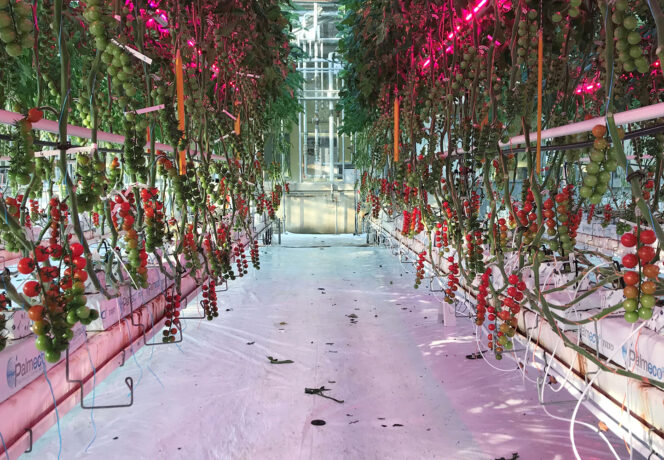
Year-Round Greenhouse Tomato Production Would Be Very Energy-Intensive
The energy expenditure for staggered greenhouse tomato production would be twice as high as that of the current means of production with no appreciable increase in yield. Even so, the current means of production might benefit from LED lighting.
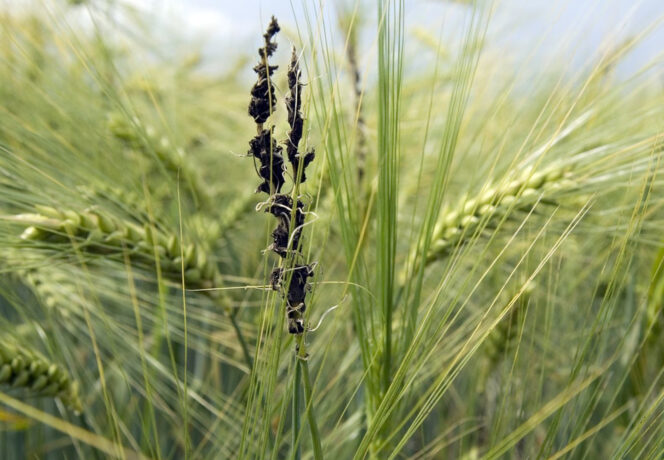
Investigation of Seed Grain Health Allows to Reduce the Application of Plant Protection Products
Previously, grain diseases transmitted by seed were controlled with synthetic-chemical seed dressings. However, if seed is healthy, no treatment is necessary. As the demand for pesticide-free grain increases, professional seed inspection is gaining importance.